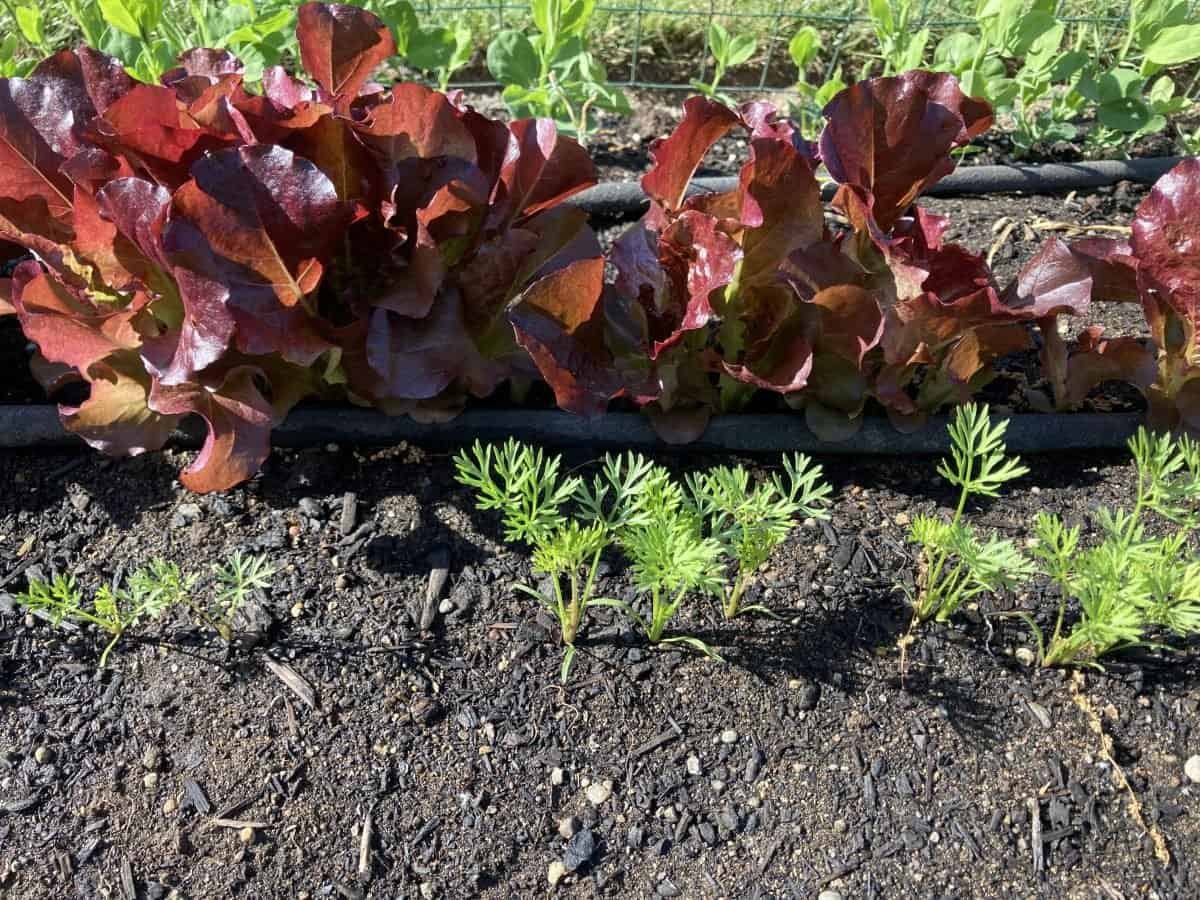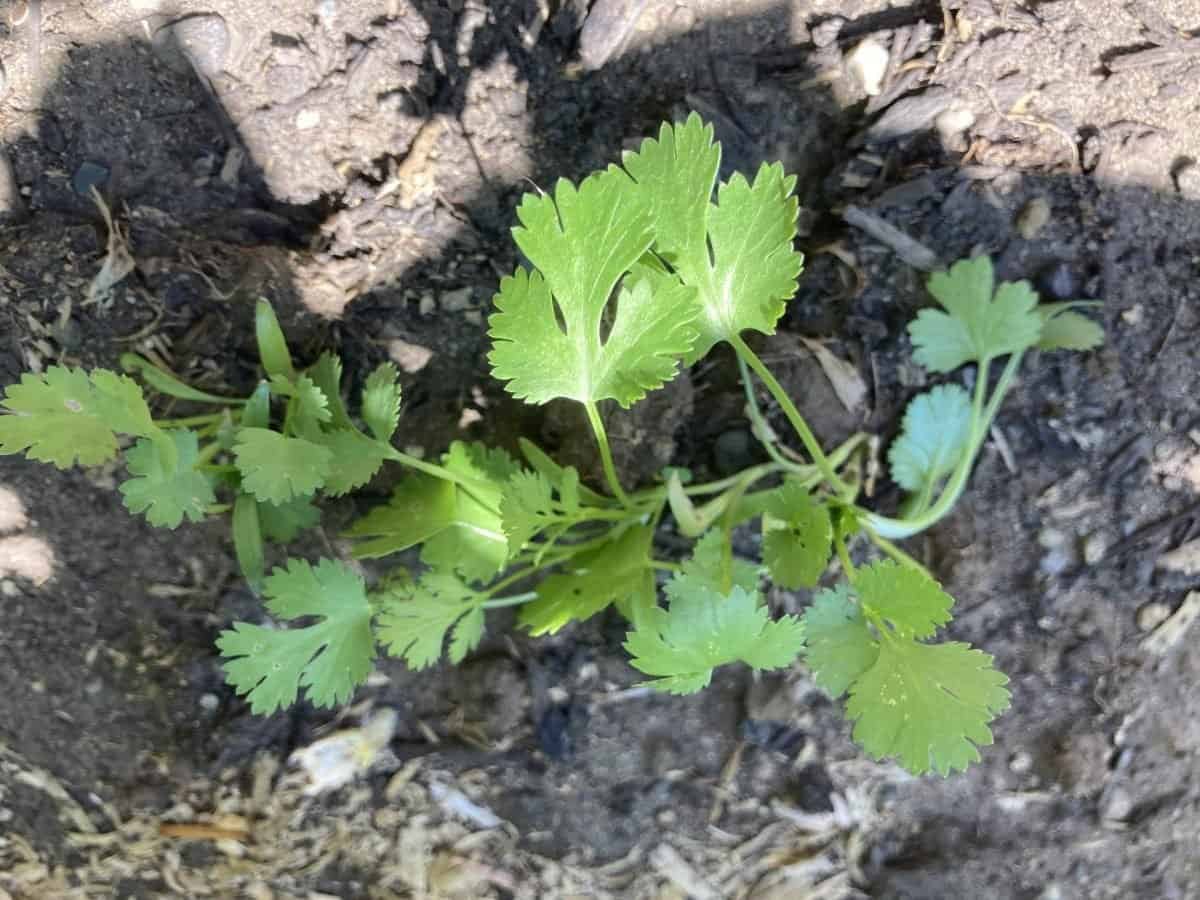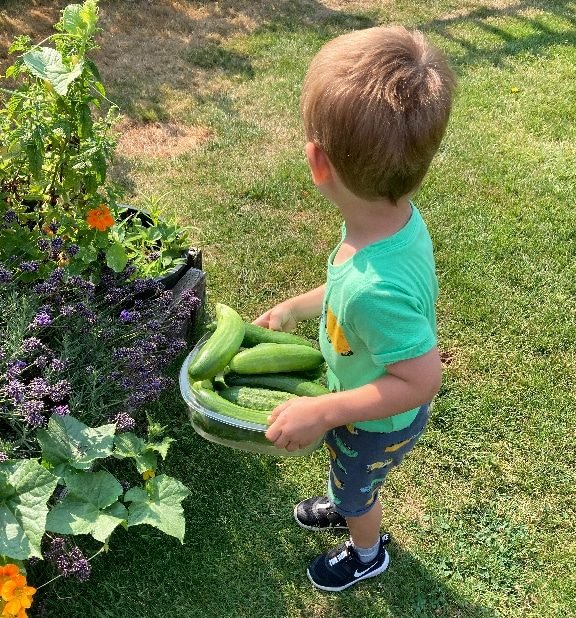If you have planted a Winter or Fall garden you need to be aware of what temperatures they can tolerate and when you need to use frost cloth to cover them for protection.
Most crops you plant for a Fall or Winter garden can tolerate a light frost. They can be damaged if temperatures are freezing or if the wind is blowing too strong to bring the windchill temperature down to mid or low 20 degrees Fahrenheit.
With all of these plants, it is a good idea to mulch around them to protect their roots from cold temperatures and the wind.
The nice part about growing a Fall and Winter garden is that you usually do not need to water the plants and have far fewer pests to deal with.

Here are some specific guidelines to help you protect your garden crops.
Cabbage

These plants can tolerate temperatures down to 25-30 degrees Fahrenheit as long as there is no windchill to reduce the temperatures. If it is colder than that you should cover the plants with frost cloth to protect them from the wind and temperatures colder than 25.
Peas
Can tolerate temperatures down to 20 degrees Fahrenheit but best to cover them with frost cloth if it is under 25 degrees.
Lettuce
These plants once established can tolerate temperatures down to 20 degrees and there are some varieties that can tolerate even colder temperatures. For prolonged periods of cold, you can cover them with a frost cloth to ensure their protection.
Cilantro
These plants can tolerate cold temperatures into the 20’s for short periods of time but cannot withstand a hard freeze and strong winds that bring the windchill down to even colder temperatures.
I had a plant a few years ago that was 2-3 feet tall and wide and survived all winter since we had a mild winter, but as soon as the temperatures soared above 75 degrees it started to bolt.
Swiss Chard
These plants can easily tolerate temperatures down to the mid-20s and even upper teens as long as they are well-established before cold temperatures set in.
Spinach
Can easily tolerate temperatures into the mid-teens if established and seedlings can withstand temperatures down to 20 degrees.
Onions
Most varieties of onions can withstand temperatures between 15-20 degrees and even have snow around them as long as the stems can reach sunlight.
Kale
Young plants can tolerate temperatures down to 25 degrees without any damage to them and established plants can tolerate much colder temperatures.
Garlic
These plants do well down to 25 degrees but if the temperatures reach mid to lower teens it can cause damage to the plants and the bulbs.
Now that you know what Temperatures your Fall and Winter crops Tolerate to be prepared you should have frost cloth on hand to keep them safe.
Carrots
These roots should be mature before the temperatures drop below 20 degrees but can be harvested as long as the ground does not freeze and damage the carrots.
There are many vegetables and herbs that you can enjoy beyond the summer gardening season.
Arugula
This is a great vegetable to grow in Spring, Summer, Fall and possibly in the Winter. It also will reseed itself if you let it flower and drop it’s seeds.




